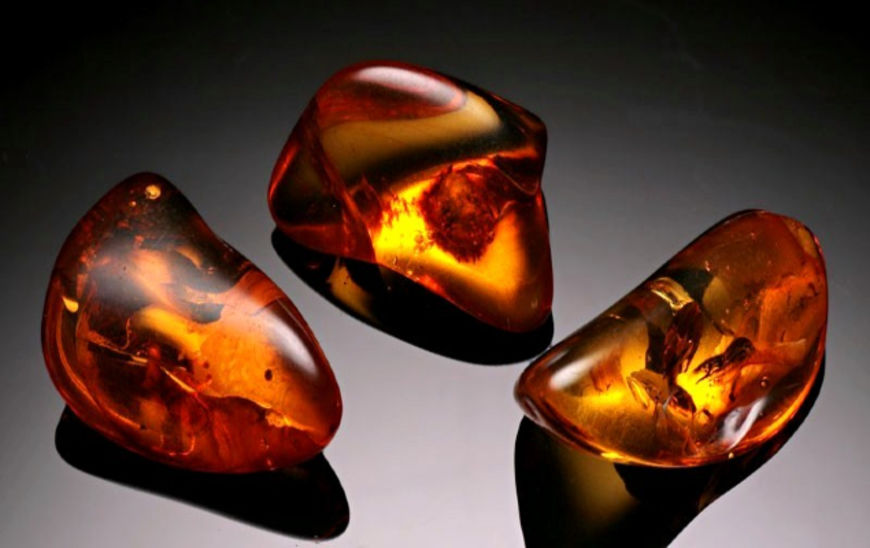Types of Original Amber: Discover Its Unique Colors and Enchanting Scent

The Rich Palette of Amber Colors
Golden and Honey Amber
Golden amber is the most iconic variety. Its radiant yellow and honey-like tones are what most people envision when they think of amber. This type forms naturally when tree resin is exposed to air and sunlight over millions of years. Its warm glow symbolizes vitality and energy, making it a favorite for jewelry.
Cognac Amber
Cognac amber has a deep, rich brownish-orange tone. This shade resembles fine aged liquor, hence its name. Cognac amber often appears in high-end jewelry due to its luxurious and sophisticated look.
Green Amber
Green amber is a rare and striking variety. Its color ranges from light olive to deep emerald. This shade occurs when organic materials, like moss or leaves, are trapped in the resin during fossilization. Green amber often has a unique luminescence, making it a standout choice for collectors.
Red Amber
Also known as "cherry amber," this type is vivid and eye-catching. Red amber is rare and typically forms when resin undergoes oxidation or heat exposure. Its bold shade is often linked to passion and strength.
Blue Amber
Blue amber is the rarest and most valuable variety. Found primarily in the Dominican Republic, it displays a fascinating blue glow under sunlight. This optical effect is due to the way light refracts through the resin. Blue amber's mystical appearance makes it a collector's dream.
White and Cloudy Amber
White amber, often called "royal amber," is milky or opaque. This shade arises from the presence of tiny air bubbles inside the resin. Sometimes, white amber includes swirling patterns that give it a unique texture. Its soft, understated appearance exudes elegance.
The Aroma of Authentic Amber
What Gives Amber Its Scent?
The scent of amber comes from the volatile oils and organic compounds trapped within the fossilized resin. When heated, these compounds are released, producing a soothing, pine-like aroma. The fragrance can also have hints of vanilla or spice, depending on the resin's origin.
How to Identify Genuine Amber by Smell
Testing amber's scent is one way to determine its authenticity. Rubbing genuine amber gently with your fingers generates friction, releasing its subtle pine aroma. When burned, authentic amber emits a rich, incense-like smell, unlike synthetic resins, which may have a chemical or plastic odor.
Factors That Influence Amber’s Color and Smell
- Age of the Amber: Amber that has aged for millions of years often develops deeper, richer colors due to prolonged oxidation. This aging process can also enhance its aromatic qualities.
- Geographic Origin: Amber from different regions exhibits unique traits. For instance:
- Baltic Amber: Known for its golden and cognac tones, it often has a subtle, clean scent.
- Dominican Amber: Famous for blue and green varieties, it has a slightly sweeter fragrance.
- Burmese Amber: This type often has reddish hues and a spicy, resinous aroma.
- Environmental Conditions: The specific conditions under which resin fossilized, such as the presence of minerals or organic matter, play a role in shaping amber’s appearance and scent.
Why Amber’s Colors and Smells Matter
- Golden amber represents energy and optimism.
- Red amber signifies passion and protection.
- Green amber symbolizes renewal and growth.
